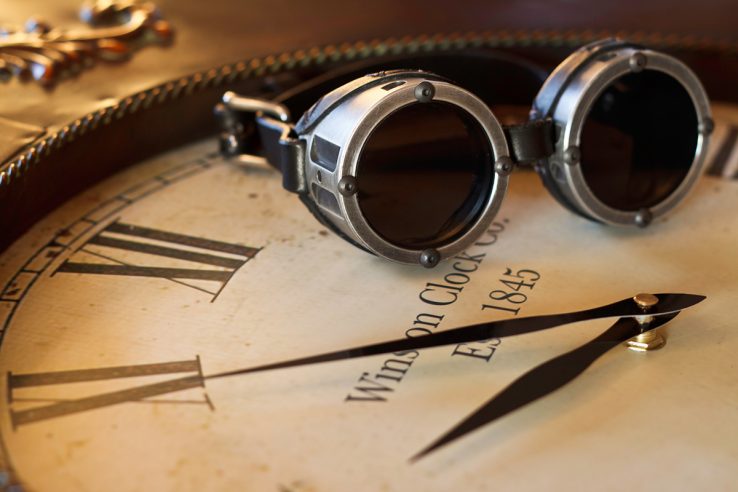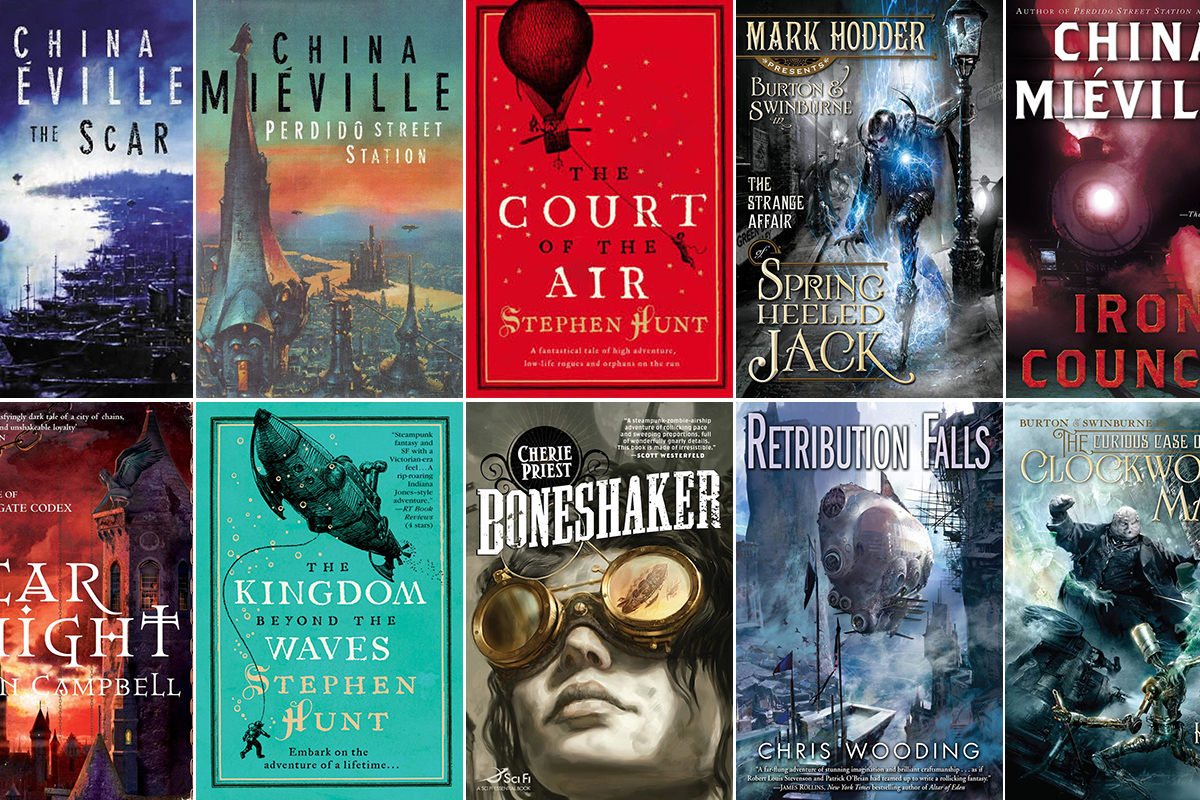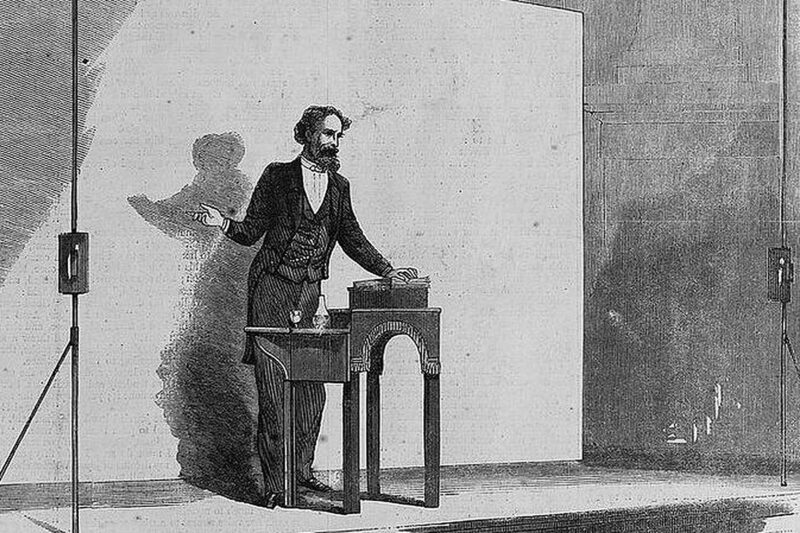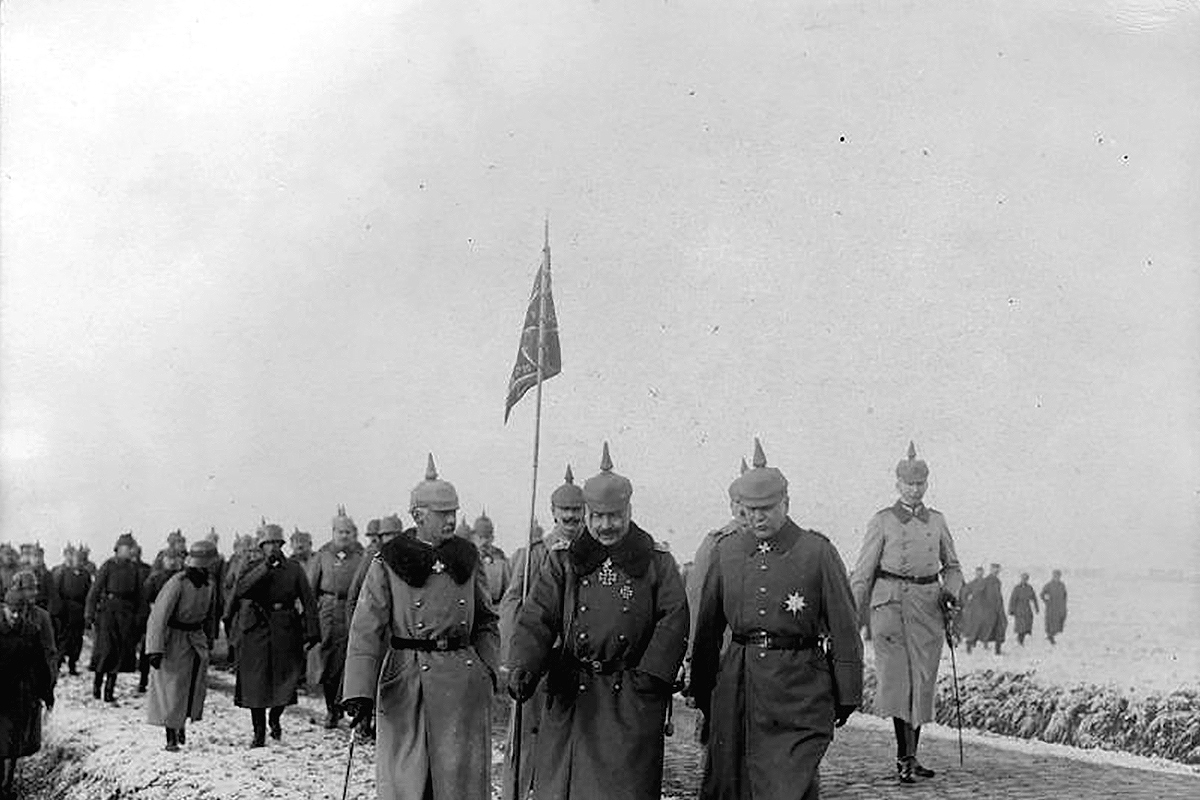
With steampunk being hailed as the next big thing in several media (again), it seems like a good moment for a post like this, to give some information to people interested in the movement but not yet part of it.
Steampunk is a subculture that has skirted on the edges of mainstream for years, sometimes in the media as the current hype, sometimes as a fringe movement, always present in literature, cinema, fashion, lifestyle, board-, video- and role-playing games.
Defining steampunk is probably the hardest part of the movement due to its immense diversity. You may find that in a group of just a handful of steampunks, opinions on what exactly steampunk is differ, sometimes radically. This is to be expected from a subculture with very little in the way of rules. Even those are more like guidelines anyway.
Nevertheless, steampunks tend to get along smashingly. So instead of giving my opinion, I will tell you the things, the basics if you will, that most of us agree on.
Inspiration
Steampunk is a retro-futuristic style, based on a past that never was, because things simply didn’t evolve through history the way steampunks would have liked. So they make them up, resulting in stories where the Victorian age is different or never ended and movies are full of marvelous machinery (think Wild Wild West, Hugo, Treasure Planet, The League of Extraordinary Gentlemen).
Steampunk largely takes its basis from — as you probably guessed — the age of steam. It has nothing further to do with the punk movement, let’s be clear on that. History-wise, this ranges from the late Regency, when the Industrial Revolution started, through the Victorian era into the Belle Époque, stopping just shy of the start of the Roaring Twenties, where flappers and gangsters take over and steam turns into diesel and steampunk into dieselpunk.
Steampunks take the things from that era which they love: adventure, exploration, science, and fuel it with their imagination, resulting in new things ranging from fashion to home décor, movies, games and stories.
Diversity
Sepia photography, bustle skirts and splendid suits reminiscent of the days when Queen Victoria ruled an empire are the images mostly associated with steampunk, alongside goggles and gears. And while it is true that steampunk fashion is mostly sepia, earth tones and Victoriana, color and other eras can be used as accessories.
Fashion is probably where the aforementioned diversity becomes abundantly clear: ranging from Victorian aristocrats, explorers, steampunk samurai, (sky) pirates, Weird West prospectors and pioneers, aviators taking to the skies in their experimental flying machines, (mad) scientists… the list goes and the possibilities are endless!
It’s like that with anything within steampunk, not just fashion. To paraphrase Jules Verne, one of the grandfathers of science fiction and steampunk: All that can be imagined can and must become reality.




